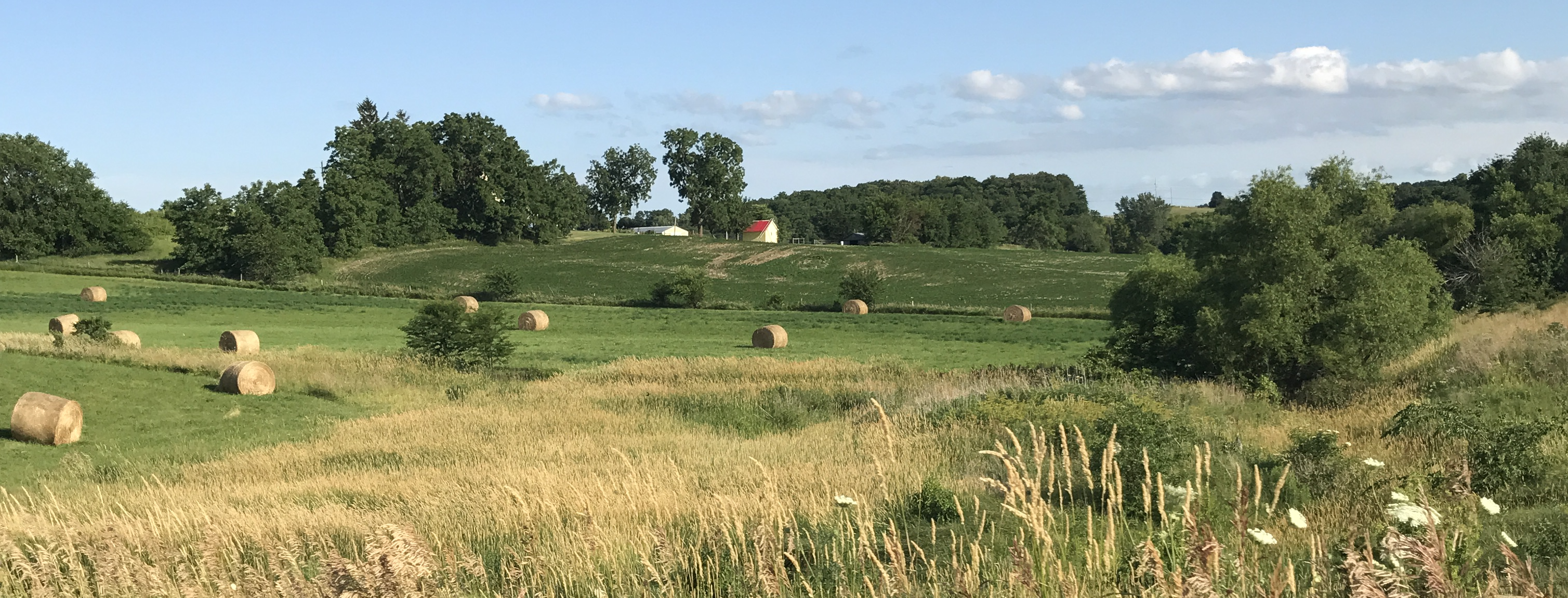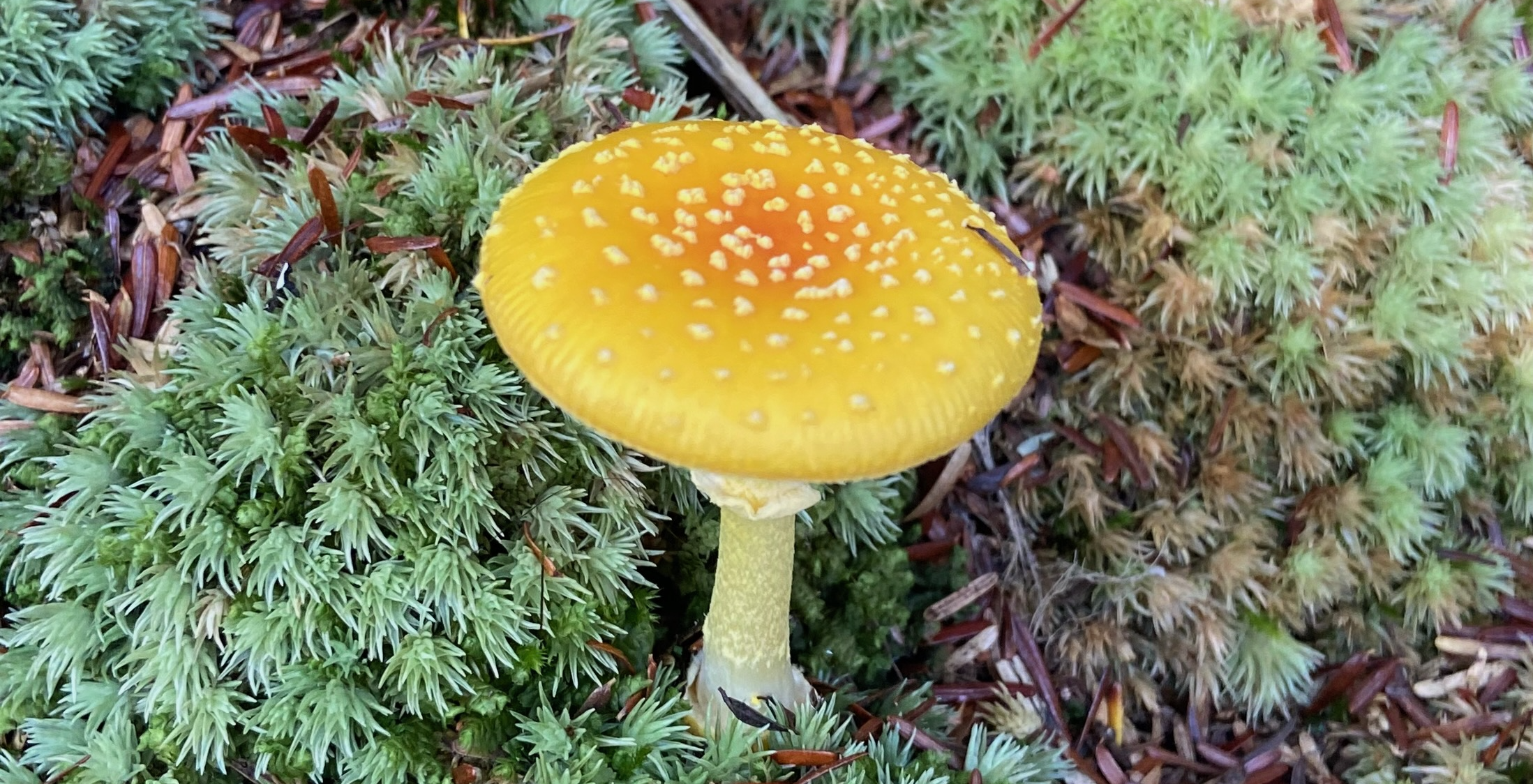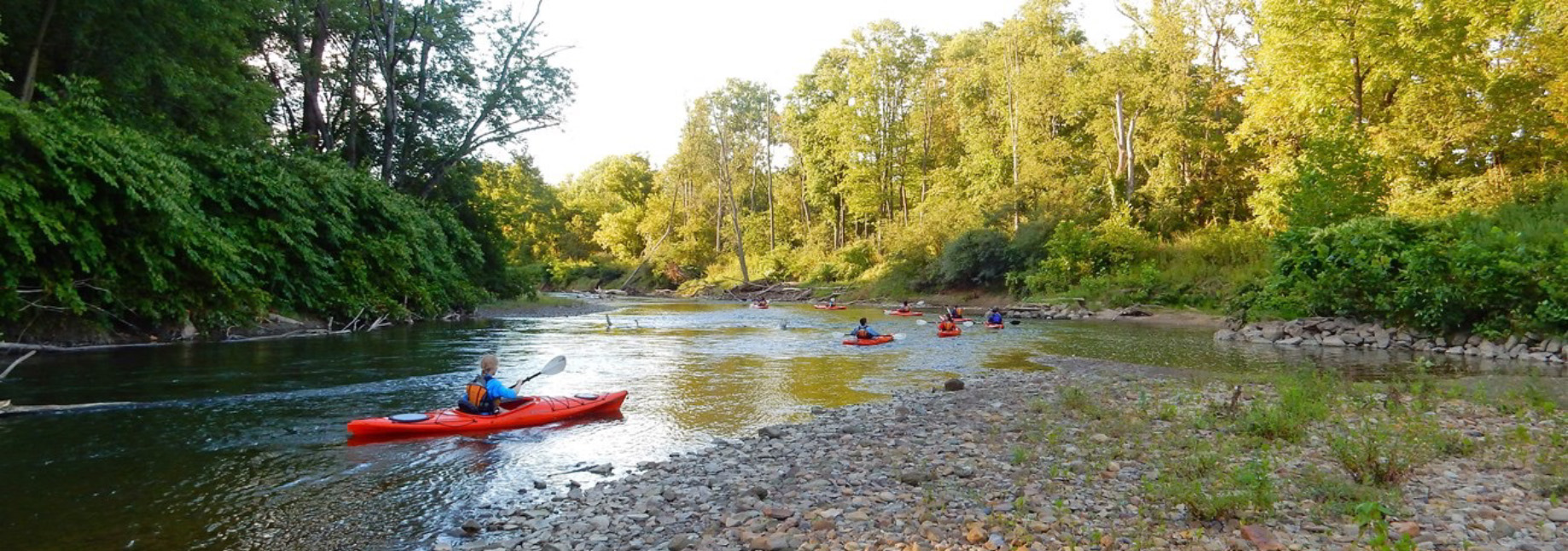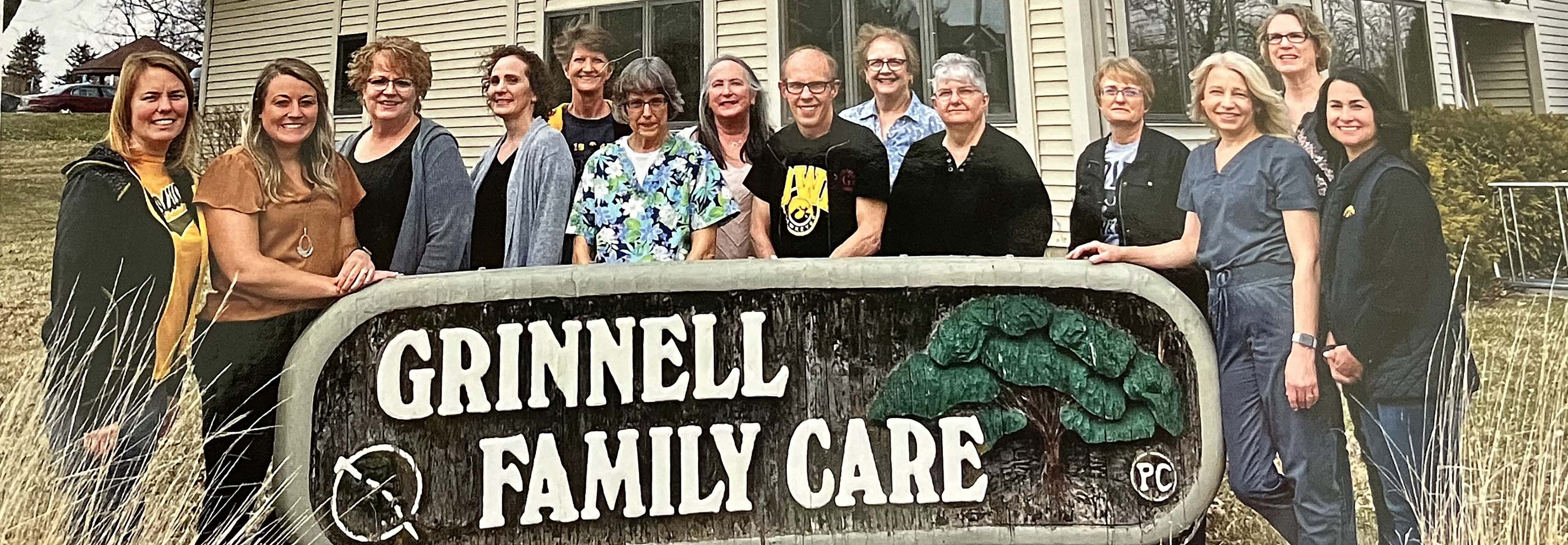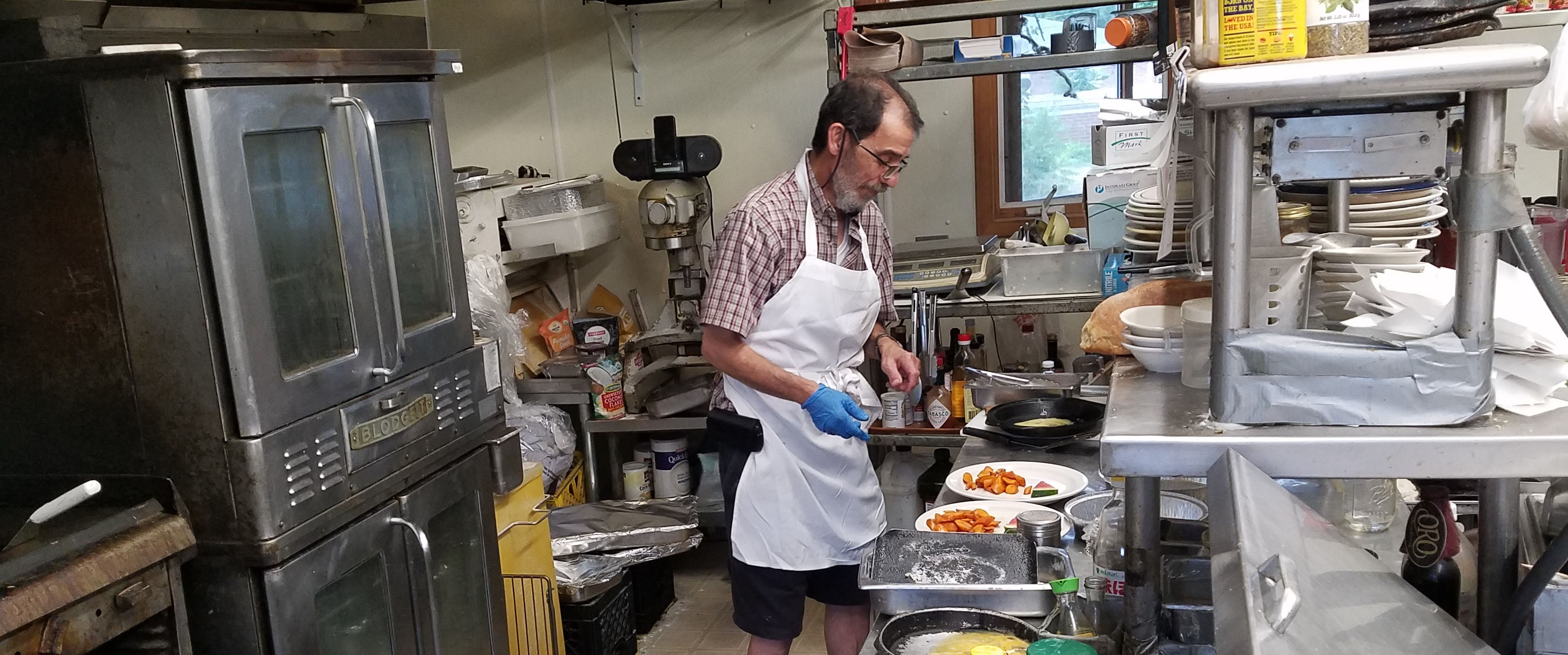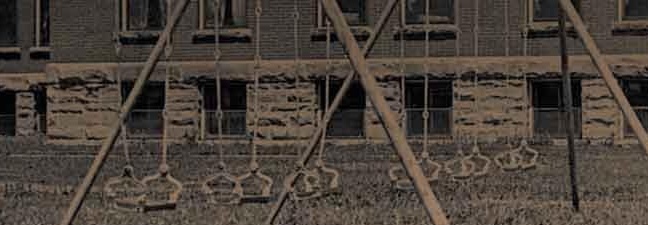This early 19th century English poet never saw the North American prairie, but he described the mutilation of Nature in his native Northamptonshire in ways that anticipate the rapacious destruction of the prairie.

- publisher's note

